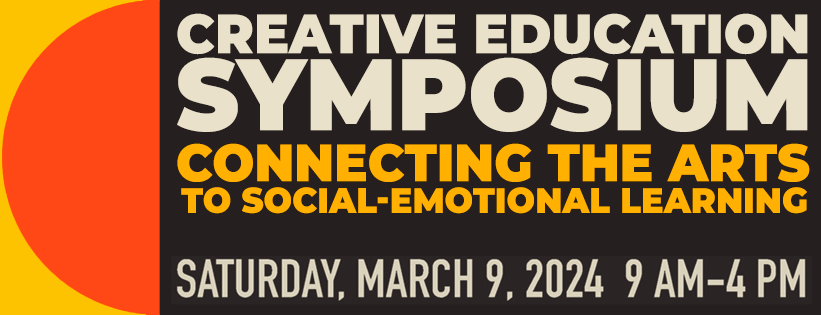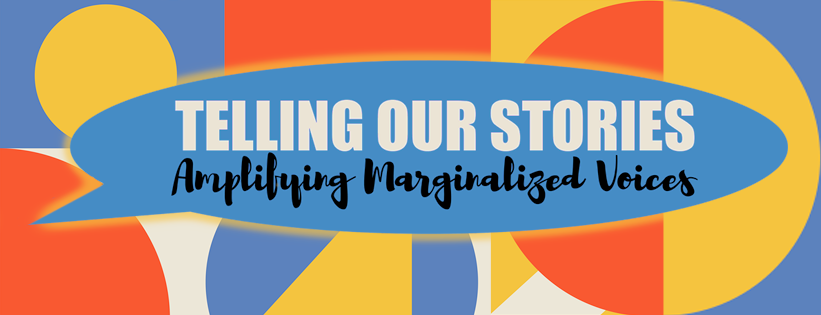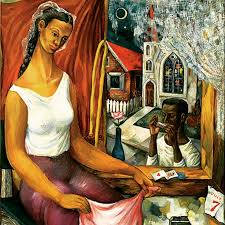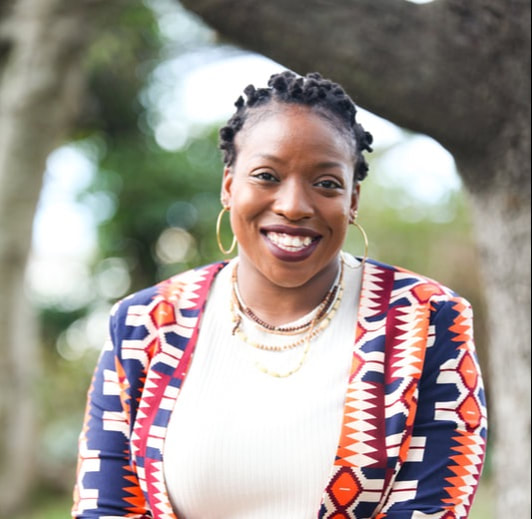VTS: Telling a Story About an Image
Bill Funkhouser & Heather Gaiera
Sequoia A
Have you ever looked at an image and thought, “I wonder what’s going on in this picture?” You start talking about the image with another person who adds insights you didn’t consider previously. Together you’re telling a story about the picture, possibly revealing what the artist was teaching or communicating. This process is formally structured as “VTS” or Visual Thinking Strategies, a student-centered facilitation method to create inclusive discussions. In this workshop, you’ll learn how to facilitate group discussions with viewers of almost any age. Together, the group you’re guiding will learn how to listen to each other’s ideas and build upon the inferences and evidence provided.
Stand Up!: Our Songs and Our Voices Tell Our Stories
Stuart Stotts
Sequoia B
Music is a central part of most students’ lives; they listen, they sing, they dance. Think of children that you know who sing, hum, or tap out rhythms during the day. Teachers can use this natural affinity to motivate and engage students in the classroom while making connections to curricular or SEL topics. In addition, the emotional aspects of music make approaching what may be difficult topics more accessible. This creative process helps students explore their understanding while experiencing the joy of music.
Telling Stories through Movement
Dionna Ndlovu
Annex
Can you imagine not being able to see your reflection in the mirror? Our students need you to hold up many mirrors to see their own reflections and envision the future. The Afrofuturistic framework and Afrocentric SEL strategies will activate participants’ imagination, inspire technological concepts, and catalyze liberatory learning by practicing self-empowerment, shifting social power dynamics, and collective active rest. Experience somatic and expressive movement techniques, African Diasporic dance styles and classroom management dance strategies.
Queering Clay – Storytelling Through Sculpture
Sade Perez
Redwood
Picture a child, brave and terrified, grappling with their identity. Imagine having the ability to provide that child with an experience that allows them to feel engaged, supported, and valued by giving them a tangible story. Encouraging vulnerability, communication development, and allyship, participants will use clay sculpture to tell memorable stories and learn techniques to engage queer youth more positively.





